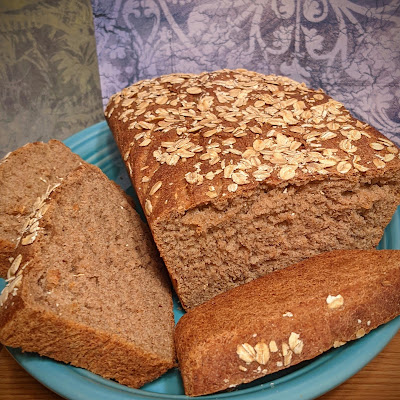"Mise en Place" means assembling, measuring out, and otherwise preparing/chopping all of your ingredients before you start any mixing, cooking, or baking -- this keeps processes flowing smoothly; and prevents you from finding out halfway into your adventure that you don't have a needed ingredient. And equally importantly, Mise en Place keeps you from rushing to measure out or chop an ingredient after you've already started mixing, cooking, or baking -- which could cause you to burn whatever's already in your pan or let a mixture rest too long while you tangent to gather that next thing you need.
How did I improve on this well-known and universally used tenet? Color-coding! So, now, not only do I use the normal Mise en Place method....but when I read through a recipe in one of my physical cookbooks, I literally highlight ingredients in groups that go into the mixing bowl or pan at the same time. If I am using an online recipe, I copy it to a new editable document and re-arrange or group, then highlight things there.
How did I improve on this well-known and universally used tenet? Color-coding! So, now, not only do I use the normal Mise en Place method....but when I read through a recipe in one of my physical cookbooks, I literally highlight ingredients in groups that go into the mixing bowl or pan at the same time. If I am using an online recipe, I copy it to a new editable document and re-arrange or group, then highlight things there.
 |
| Examples of what I did in a paper cookbook, and to an online recipe I copied into a GoogleDoc. |
This small extra step in the studying and preparation phase lessens the number of dishes, small bowls, and other containers I use while getting everything ready because, instead of measuring everything out into separate containers like I used to, things that will be mixed together or go into the pan at the same time get highlighted in the same color and are measured out into one "group" container. (If an ingredient should stay separate from the others, I leave it un-highlighted to indicate that one thing going into it's own bowl/container.)
I will endeavour from now on to write out and present all my recipes in this fashion.



